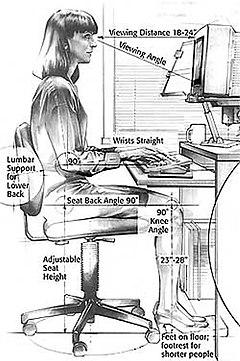SafetyAtWorkBlog was able to contact the Federal Chamber of Automotive Industries’ Rhys Griffiths this afternoon seeking clarification of the FCAI’s withdrawal from quad bike safety discussions reported yesterday. Prior to withdrawing, a document was read to the quad bike safety working group. The document has not been released publicly but below is the gist.
Further down the page is an edited version of the letter that the Australian Centre for Agricultural Health and Safety (AgHealth) has reportedly sent to “290 rural motorcycle dealers”. According to Rhys Griffiths being quoted in The Weekly Times, this letter
“”…basically says dealers could be looking at law suits for not fitting devices on ATVs… This is in direct contradiction to the manufacturers’ recommendations, so the dealer is caught in the middle.” Continue reading “Source data from within the quad bike safety stoush”




 SafetyAtWorkBlog was allowed to see a version of the survey results prior to their public release next week but according to the media release of 6 April:
SafetyAtWorkBlog was allowed to see a version of the survey results prior to their public release next week but according to the media release of 6 April: